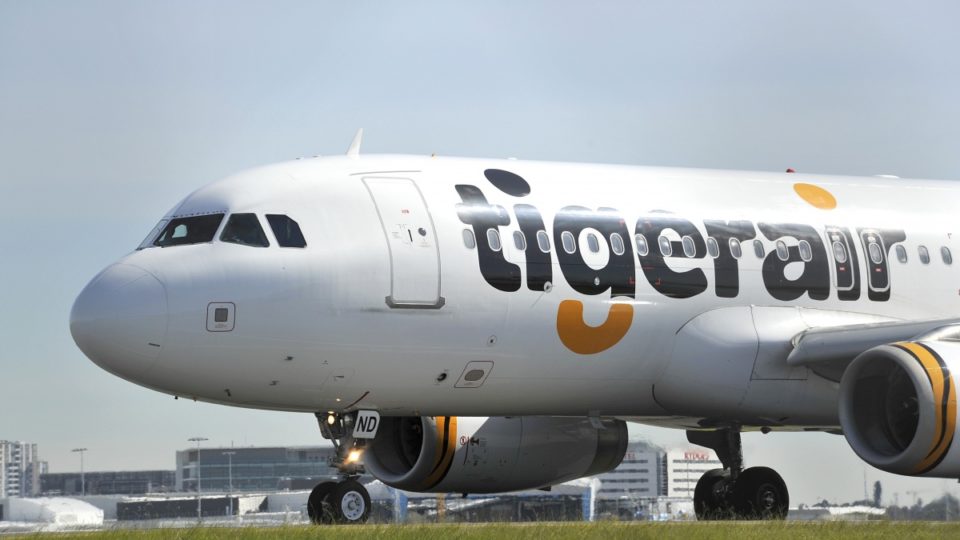
The Australian Transport Safety Bureau (ATSB) has released it’s final report into the sounding of a cabin altitude alarm onboard a Tigerair 737-8FE on 12 July 2018.
The TT229 crew consisted of a trainee First Officer (pilot flying) and training Captain. The crew followed the start engine checklist and turned off the air conditioning packs as per the checklist. The crew then went through the before taxi checklist, which instructed the crew to turn the air conditioning packs to AUTO, however, they were left in the OFF position.
The subsequent take off checklist also included a check air condition packs switches, but they were not identified as being OFF.
As the aircraft passed through 13,500 feet the cabin altitude warning alarm sounded. Following procedure, both flight crew immediately put on oxygen masks. The First Officer identified the air conditioning packs were switched to OFF, then immediately switched them to AUTO. The Captain took control and selected altitude hold on the autopilot. A maximum height of 14,900 feet was reached before the Captain disengaged the autopilot and descended to 10,000 feet. At 10,000 feet the crew completed the rest of the cabin altitude warning checklist. As the situation was under control, the crew continued with the remainder of the flight. The cabin oxygen masks automatically deploy when the cabin pressure reaches 14,000 feet or higher. As they did not deploy during this incident, the ATSB believes the cabin altitude got no higher than 14,000 feet.
Both the Captain and First Officer are very experienced. The First Officer was new to the airline after a break in flying of 2 years. He had flown types other than the 737 before joining Tigerair.
The ATSB concluded “that normal procedures and checklists, which were designed to ensure that the aircraft is correctly configured for flight, were not completed due to a number of factors, including training, distraction, high workload, low expectancy of error, and supervision lapses.” And “as the First Officer was very experienced, the Captain may have relaxed his supervision of the First Officer, thus contributing to him not identifying the error at the time.”
ATSB Director Transport Safety, Dr Stuart Godley, said, “Although a highly experienced pilot, the First Officer was still a trainee on the Boeing 737 and as such, required vigilant supervision of a training captain. This is a crucial defence against error by trainee pilots.”
As a result Tigerair has undertaken the following actions, amongst others:
- Tiger issued a flight crew notification to flight crew highlighting the need to adhere strictly to standard operating procedure (SOP). The notification explained that on some occasions, the checklist was completed but there had not been conscious verification of the action taken. Tiger reminded flight crew that when conducting checklists, to be mindful to challenge—verify—respond and that verification is to be a very deliberate act undertaken by both the Pilot Flying and Pilot Monitoring.
- Tiger’s flight standards team is undertaking a review of the Boeing 737 checklist and if additional checks of the pressurisation system is required.
- Tiger introduced a flight operations safety assurance program to undertake flight deck observations to identify potential adverse trends in procedural compliance. Tiger advised only minor observations were noted.
- Tiger established a program with Virgin Australia to conduct line training for Boeing 737 pilots in order to ensure crew have continuous training required to embed skills and knowledge. [Tiger is owned by Virgin Australia]
- Tiger have introduced additional pressurisation event training.
The full ATSB report (source) can be found here